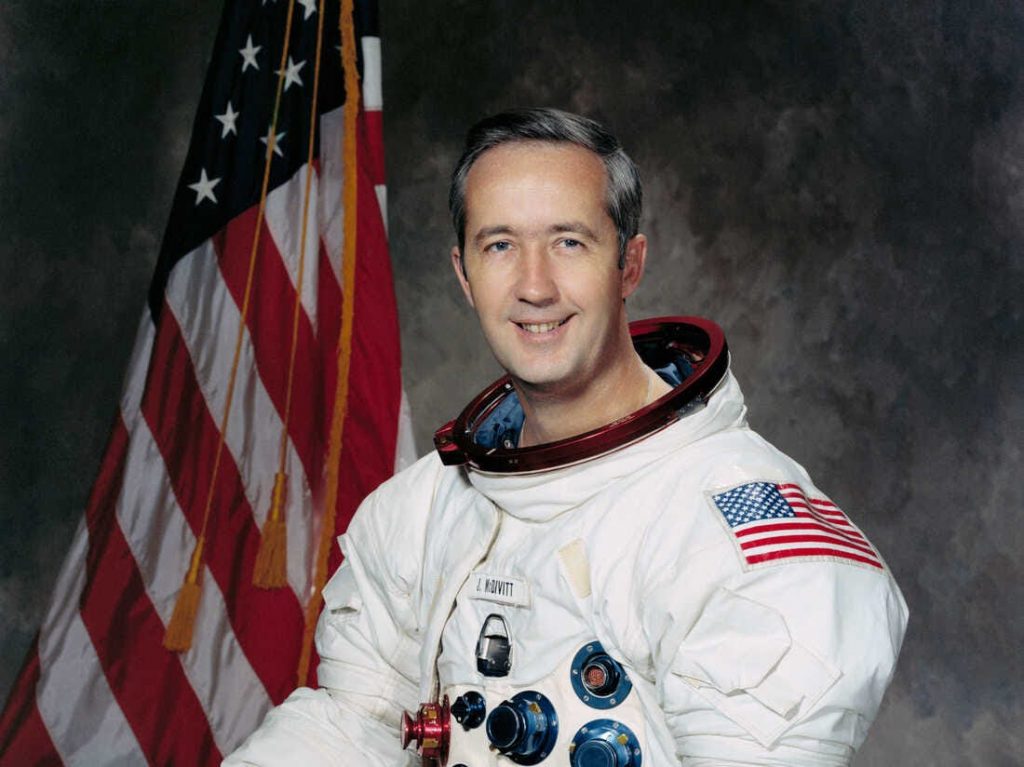
Hello again Science Fans!
It has been a very busy few weeks, with lots of news on many scientific fronts, so let’s get to it.
Health
I remember all too well late August and early September, 2000. I was returning from a road trip and spent a night in Pensacola, FL. I went to dinner at a restaurant early in the evening. One of the staff came in behind me carrying a small bag which I would later overhear her say was full of medicine her doctor had given her to counter the infection she had. She coughed a lot. It turned out she was my waitress. By the time I got back to California, I too was sick and began coughing.
I went to my doctor who ran some blood tests and determined that I had contracted pertussis, better known as whooping cough. Believe me, it isn’t something you want to catch. I was coughing until Thanksgiving. But the whooping cough isn’t the subject of this tale, it is the other thing that I tested positive for…exposure to Valley fever. I never had symptoms and have no idea when I might have been exposed, but I had antibodies. It turns out that Valley fever is getting more prevalent, due to our old friend climate change.
Remember Pong? Scientists have grown a human “brain”, called dish brain, that learned to play Pong in just 5 minutes, as this video shows.
Other scientists developed a procedure that gives vision to mice with a congenital blindness condition, leading towards eventual sight potential for blind humans.
Evolution
While I’m talking about humans, the story of how our species came to be is ongoing. Six recent discoveries have changed how we look at our origins and other humanoid species.
Then there is the humble banana. It seems there are some ancestors to our common banana that weren’t known before, and the search is on to find if they still exist. The story of how we got to the banana of today is quite an interesting one.
COVID-19
President Biden said recently that the pandemic is over. While that may be, the disease is far from gone. Some would argue that the pandemic is still a pandemic. California will exit emergency status on February 28, 2023.
We got used to daily updates from our counties tracking newly reported cases, hospitalizations, and deaths attributed to COVID. But much of that data is now only released weekly, and isn’t nearly as accurate as it once was, for several reasons. Here are some thoughts on what data is meaningful now, and what isn’t.
COVID keeps mutating, and is now showing the first signs of convergent evolution. And here are the variants likely to drive a surge of new cases this winter.
Bottom line…get boosted! I received my bivalent booster last week.
Fake News
It will probably come as no surprise to most of you to learn that the Trump administration pressured the CDC to change its weekly COVID morbidity and mortality reports.
Way back in 1991, work was already underway to undermine the climate change message, as this excerpt from “The Petroleum Papers” details.
Space
The Double Asteroid Redirection Test (DART)was wildly successful. If you haven’t seen video of DART reaching Dimorphos, see this article. The objective was to alter the orbit of Dimorphos, which circles Didymos, by measuring the time of an orbit to see if the mission was successful. Well, the orbit was shortened by 32 minutes, more than expected, proving that we can nudge an asteroid, thereby changing its orbit, and potentially knocking it off a path that might take it into Earth’s orbit.
Why is this DART accomplishment important? Consider this simulation of what a 310 mile-wide asteroid would do if it hit Earth.
We tend to think that Earth’s rotation, and our Moon’s orbit, have always been as they are now. But 2.46 billion years ago, we had a day of only 17 hours, and the moon was much closer! I wonder what a 17 hour clock would look like?
The current position of the moon, relative to the earth, allows for total solar eclipses. If the moon was closer to Earth, there would be more total eclipses as the moon would appear larger when seen from Earth. Over time as the moon drifts further away, there will be fewer, until eventually there won’t be a total solar eclipse ever again. But not to worry, that won’t happen for a very long time.
Coming up on November 8th, we’ll have a total lunar eclipse. Andrew Fraknoi has put together a nice article on this eclipse, and eclipses in general, that you can download here. Thanks for the info Andy!
Eclipses never come alone. A solar eclipse occurs either two weeks before or after a lunar eclipse. True to form, one will be visible this Tuesday, but only if you live in Europe, and it won’t be total. Here are the details. Parts of North America will have an annular solar eclipse (where the moon is centered on the sun, but is too far from earth to totally block the sun’s image) in October, 2023, and there will be a total solar eclipse across the eastern US in April , 2024. Here you can see information on the solar and lunar eclipses for the next 10 years.
The Curiosity rover on Mars has reached an area of salty deposits, believed to have formed billions of years ago, when Mars still had water on it.
Lastly, two pioneers of space travel died this week. Jim McDivitt, who flew both the Gemini 4 (which included the first US space walk) and Apollo 9 missions died at age 93. Lodewijk van den Berg, the first Dutch-born astronaut, who flew aboard the space shuttle Challenger, died at age 90.
Godspeed to them both.
Have a great week in Science!
Bob
Upcoming Events:
Click to see the next two weeks of events in your browser.

